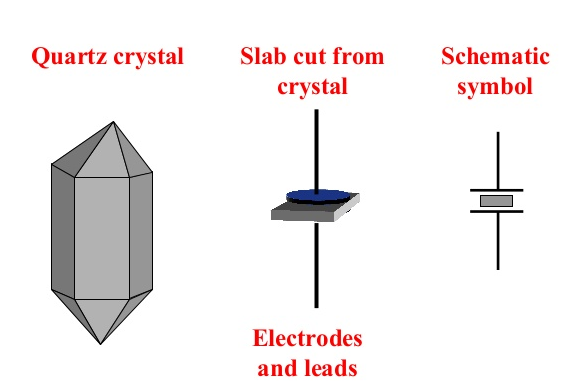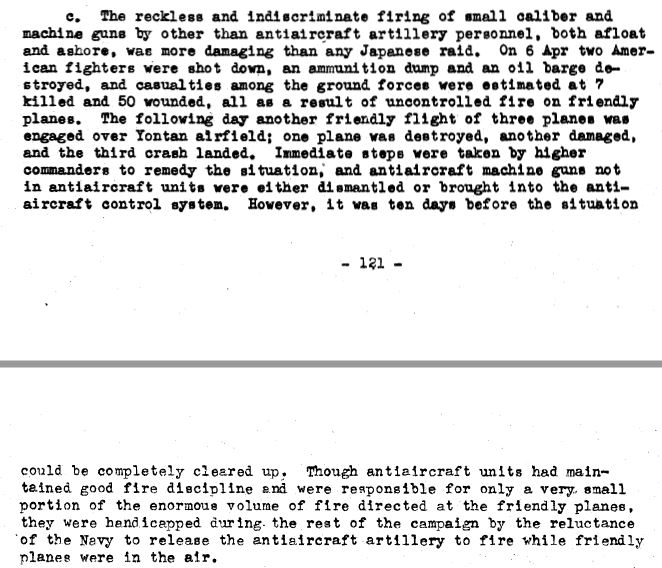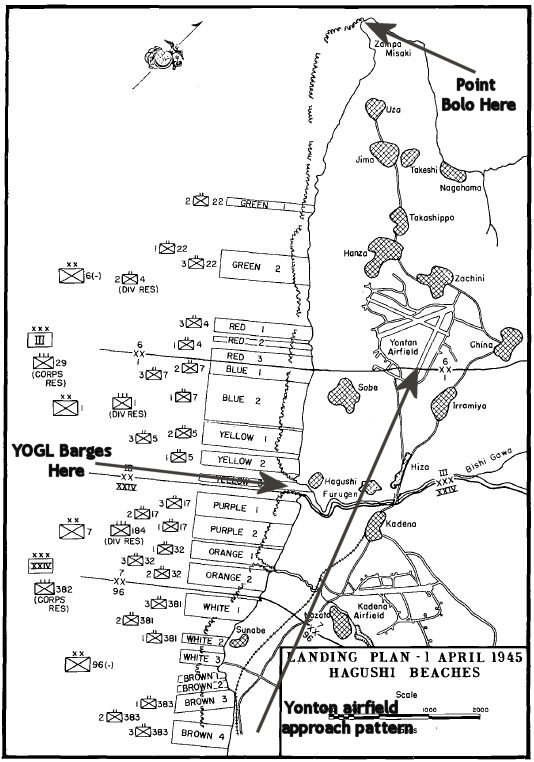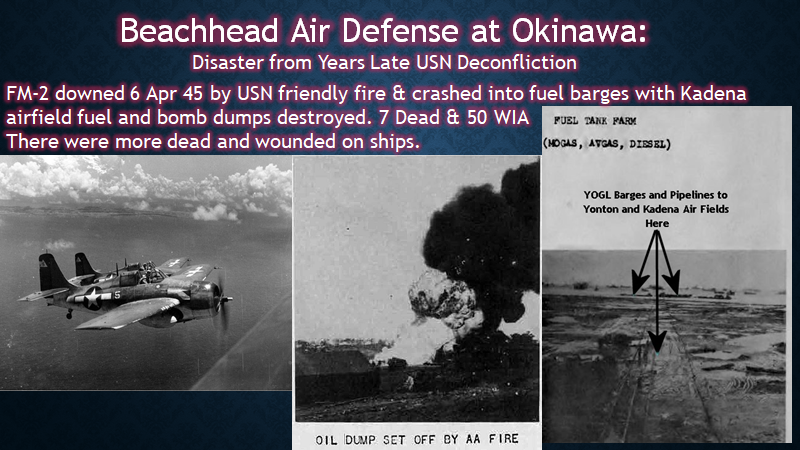
The US Naval Institute is commemorating the survival of the USS Laffey at Okinawa Picket Station #1.
This thread is about a critical planning mistake the USS Laffey crew paid for with their lives
1/
This thread is about a critical planning mistake the USS Laffey crew paid for with their lives
1/
https://twitter.com/NavalInstitute/status/1383217403484463107
The day USS Laffey was attacked, 16 April 1945, was also the day that the island of Ie Shima, off Okinawa, was invaded by the 77th Infantry Division.
2/
history.navy.mil/content/histor…
2/
history.navy.mil/content/histor…

The full panoply of amphibious firepower from air and sea also required a huge part of the radio spectrum to control.
USN warships, USN rocket & mortar gunboats and strafing planes each required separate radio frequencies.
3/
USN warships, USN rocket & mortar gunboats and strafing planes each required separate radio frequencies.
3/

The SCR-522 used on USMC F4U Corsairs protecting USS Laffey only had four frequencies.
Most USN planes had newer radios with 10 frequencies. Whether they used four or 10 frequencies, both radios used polished quartz crystals. There were not
4/
radiomuseum.co.uk/scr522.html
Most USN planes had newer radios with 10 frequencies. Whether they used four or 10 frequencies, both radios used polished quartz crystals. There were not
4/
radiomuseum.co.uk/scr522.html

...enough crystals of the right frequency types for picket DD's like USS Laffey, USMC low level Corsair CAP & to run the landing at Ie Shima at the same time due to a planning mistake by USMC Gen Oliver P. Smith.
He didn't bring enough staff officers.
5/
He didn't bring enough staff officers.
5/
https://twitter.com/TrentTelenko/status/1382535088043225098
What that meant for USS Laffey come 16 Apr 1945, per John F. Wukovits' "Hell from the Heavens: The Epic Story of the USS Laffey and World War II's Greatest Kamikaze Attack" is the radio channels to control F4U CAP were filled with chatter from the Ie Shima landing air strikes
6/
6/

There simply was not enough staff officer hours between Dec 1944, when Tactical Air Force-Tenth Army was stood up and the late Mar 1945 landing at Kerama Retto to consider more quartz crystal supplies to support picket DD's. USMC fighters were to provide close air support,
7/
7/

not to protect picket DD's for a landing operation that was supposed to last 30 days...
...except the operation lasted 82 days.
Opps.
8/


...except the operation lasted 82 days.
Opps.
8/



While the 16 Apr 1945 Ie Shima invasion may have been one of the peak radio traffic days of the 82 day Okinawa campaign.
There were others nearly as bad, as radio directed artillery, naval gunfire & air strikes ground down Japanese positions.
9/



There were others nearly as bad, as radio directed artillery, naval gunfire & air strikes ground down Japanese positions.
9/




It's only by reading Richard J. Thompson Jr's "Crystal Clear: The Struggle for Reliable Communications Technology in World War II" that you can fully appreciate in full 4000K digital glory the screw up Gen. Smith's shorting TAF-10 staff officers caused
amazon.com/Crystal-Clear-…
10/
amazon.com/Crystal-Clear-…
10/
The cliff notes for Okinawa from Crystal Clear are this:
Imperfections in the cutting, grinding, & polishing of radio grade quartz crystals caused spikes to grow on these crystals that changed their resonant radio frequency.
This was called "aging."
11/
Imperfections in the cutting, grinding, & polishing of radio grade quartz crystals caused spikes to grow on these crystals that changed their resonant radio frequency.
This was called "aging."
11/

The more A/C missions quartz crystal radios flew. The faster the crystals aged.
The US Army Signal Corps was going crazy about this until their inspectors spotted that one of their contractor's crystals didn't have this problem.
12/
The US Army Signal Corps was going crazy about this until their inspectors spotted that one of their contractor's crystals didn't have this problem.
12/

This contractor acid etched their crystals after cutting, grinding & polishing as a proprietary process.
Much drama & cash flow was involved with that fact, but the fix for the installed base of military radios were Signal Corps grinding teams with acid etch capability.
12/
Much drama & cash flow was involved with that fact, but the fix for the installed base of military radios were Signal Corps grinding teams with acid etch capability.
12/

This is where Gen. O.P. Smith's shorting TAF-10 staff officer needs grew consequences like compound interest.
No shipping space was given for a Signal Corps crystal grinding team. USMC fighter and USN float plane sorties caused a backlog of 5,000 radio oscillator crystals
13/
No shipping space was given for a Signal Corps crystal grinding team. USMC fighter and USN float plane sorties caused a backlog of 5,000 radio oscillator crystals
13/

...by the end of the Operation Iceberg campaign.
It's unclear, who beyond the crew of USS Laffey, suffered preventable deaths from Gen. O.P. Smith's staff officer mistake driven communications problems.
13/
It's unclear, who beyond the crew of USS Laffey, suffered preventable deaths from Gen. O.P. Smith's staff officer mistake driven communications problems.
13/

The one thing General Oliver P. Smith did prove as Assistant Chief of Staff Tenth Army was don't send the Navy & Marines to do a US Army Air Force job.
/End
/End

@threadreaderapp unroll
• • •
Missing some Tweet in this thread? You can try to
force a refresh










